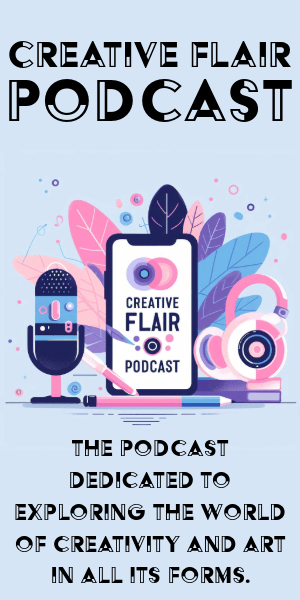Rejection is an inevitable part of an artist’s journey, particularly when it comes to art fairs. While being turned down can be disheartening, it’s essential to remember that it’s also an opportunity for growth and reflection. Here are some practical steps and insights to help artists overcome rejection from art fairs and emerge stronger.
1. Understand the Selection Process
Before diving into the emotional aspects of rejection, it’s helpful to understand how art fairs select their participants. Selection committees often consist of curators, gallery owners, and other art professionals who review hundreds, if not thousands, of submissions. Their decisions are influenced by numerous factors, including theme, style, and market trends. Knowing this can help artists recognize that rejection is not a reflection of their talent or worth, but often a result of the fair’s specific needs and preferences.
2. Seek Constructive Feedback
If possible, reach out to the organizers for feedback on your submission. While not all fairs offer detailed critiques, any insights you receive can be invaluable. Constructive criticism helps identify areas for improvement and provides a clearer understanding of what art fair juries are looking for. Use this feedback to refine your work and presentation for future submissions.
3. Reflect and Reevaluate
Take time to reflect on your work and the rejection. Ask yourself questions like:
- Was my submission coherent and well-presented?
- Does my work align with the themes and styles preferred by the fair?
- Is there a way to improve my technique or concept?
This introspection can be a powerful tool in honing your craft and making your next submission stronger.
4. Network and Build Relationships
Art fairs are not just about showcasing art; they’re also about networking. Attend the fairs, even if you’re not exhibiting. Engage with other artists, gallery owners, and curators. Building relationships within the art community can provide insights into the selection process and increase your chances of being selected in the future. Plus, it helps you stay connected with current trends and opportunities.
5. Diversify Your Opportunities
While art fairs are a significant platform, they’re not the only avenue for exposure. Explore other opportunities such as online galleries, local exhibitions, social media platforms, and artist residencies. Diversifying your efforts can reduce the sting of rejection and open up new avenues for showcasing your work.
6. Stay Persistent and Resilient
Rejection is part of the creative process. Many renowned artists faced numerous rejections before achieving success. Persistence is key. Keep creating, keep submitting, and keep improving. Each rejection is a step closer to acceptance.
7. Embrace the Positive
Focus on the positives: the act of creating, the progress you’ve made, and the feedback you’ve received. Celebrate small victories and milestones in your artistic journey. Maintaining a positive outlook can help you stay motivated and inspired.
8. Support Systems Matter
Lean on your support network. Discuss your experiences with fellow artists, friends, or mentors who can offer encouragement and advice. Sharing your challenges and triumphs with a supportive community can make the journey less daunting.
Rejection from art fairs can be a challenging experience, but it also offers valuable lessons and opportunities for growth. By understanding the selection process, seeking feedback, reflecting on your work, networking, diversifying opportunities, staying persistent, embracing the positives, and leaning on your support system, you can turn rejection into a stepping stone towards success. Remember, every artist’s journey is unique, and every setback is a setup for a stronger comeback. Keep creating and keep pushing forward – your next big break might be just around the corner.
























